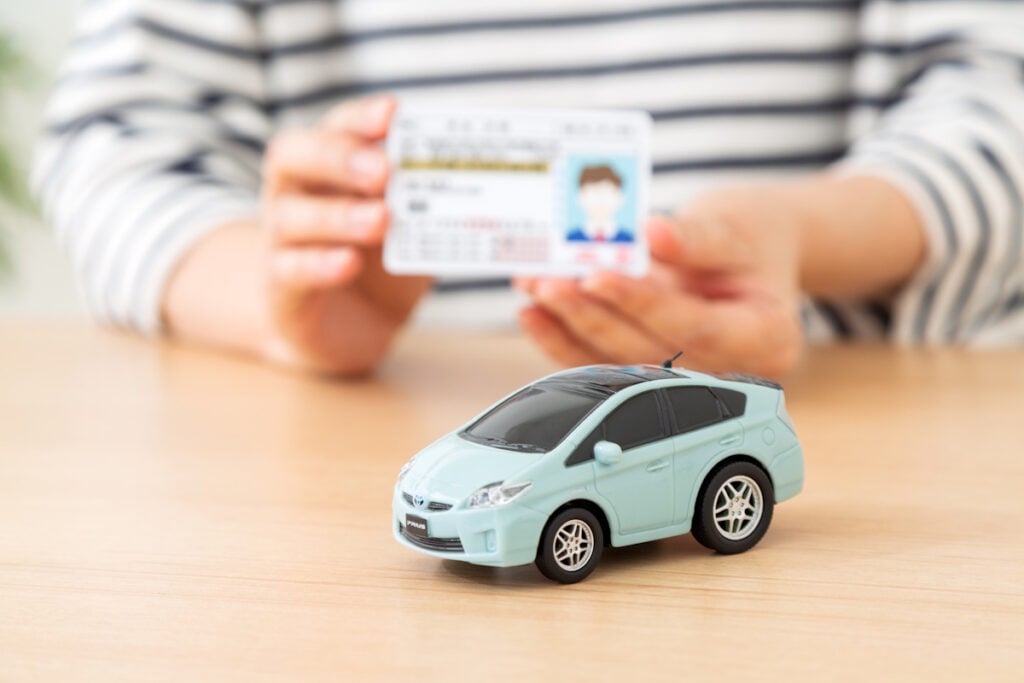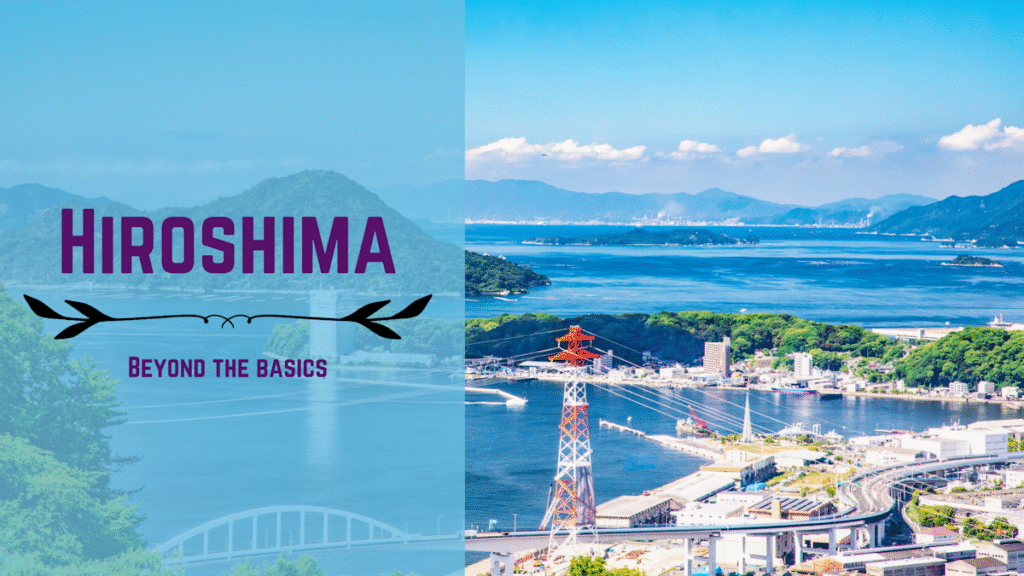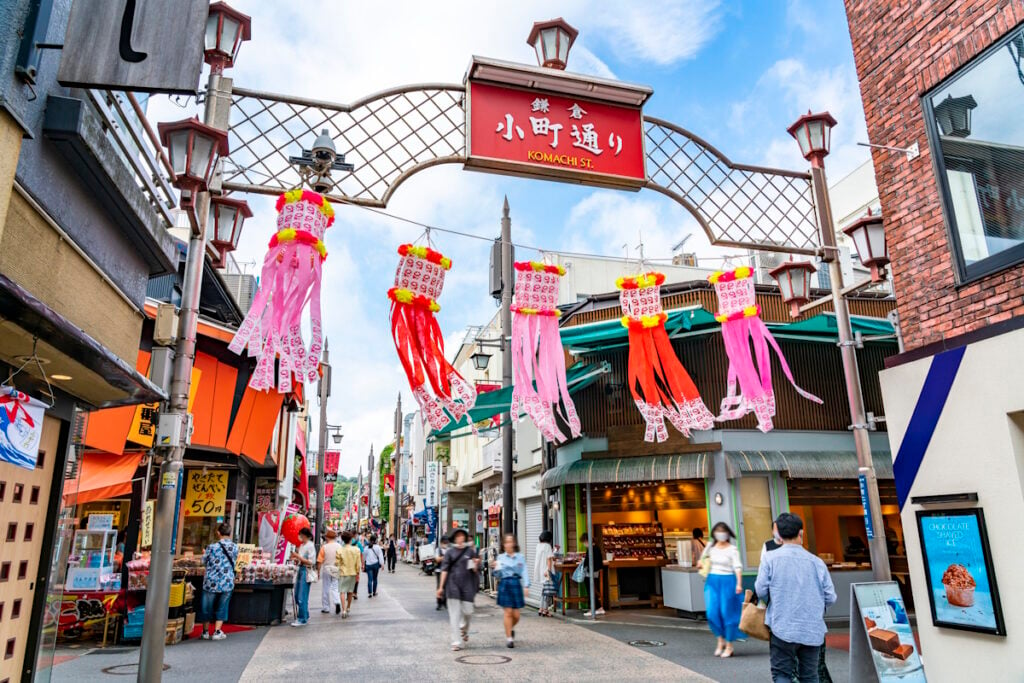As tourists flood Japan, some stores are jacking up their prices to take advantage of the influx of money. In Kyoto, some are primarily packed with foreign visitors. And those inbound travelers don’t seem to mind paying a pretty penny for a one-of-a-kind Japan experience.
Table of Contents
Toggle80% of foreign visitors order this pricy dish
Kyoto Shimbun reports that Kyoto is bustling more than ever, especially as the Gion Festival at Yasaka Shrine kicks up. As tourists flood in, some stores are happy to offer them luxury experiences.
One such store is Kaisen Tonya, a seafood restaurant that prides itself on delivering fish “directly from fishers.” Its best-selling product is a tuna, tuna belly, and sea urchin seafood rice bowl that sells for up to 3000 yen ($18.98).
But its most expensive product is its special Sea Urchin and Salmon Roe Bowl. This baby will set you back some 7,890 yen, or almost $50.
Despite the hefty price tag, Nakamura Motogi, the CEO of the store’s parent company, says there isn’t a day that goes by that someone doesn’t order it. Some 80% of sales, he says, go to foreign travelers.
“They tell us it’s cheap,” he says, noting that it allows the company to make a handsome profit off of the expensive dish. “I hope the weak yen continues.”
The locals discount

The discussion about what to charge foreign tourists has heated up in Japan lately. The weak yen means that foreign tourists’ money goes further. However, rising prices and stagnant wages in Japan mean that local residents paid in yen can’t join in on the fun. When restaurants jack up their prices to net more tourist money, it can sometimes price the locals out.
As a result, some restaurants have considered implementing two-tier pricing – one price for tourists, a cheaper price for locals.
Planning a trip to Japan? Get an authentic, interpreted experience from Unseen Japan Tours and see a side of the country others miss!

"Noah [at Unseen Japan] put together an itinerary that didn’t lock us in and we could travel at our own pace. In Tokyo, he guided us personally on a walking tour. Overall, he made our Japan trip an experience not to forget." - Kate and Simon S., Australia

See a side of Tokyo that other tourists can't. Book a tour with Unseen Japan Tours - we'll tailor your trip to your interests and guide you through experiences usually closed off to non-Japanese speakers.


Want more news and views from Japan? Donate $5/month ($60 one-time donation) to the Unseen Japan Journalism Fund to join Unseen Japan Insider. You'll get our Insider newsletter with more news and deep dives, a chance to get your burning Japan questions answered, and a voice in our future editorial direction.
For example, Yomiuri Shimbun reports on one seafood BBQ restaurant in Shibuya that charges foreign travelers 7,678 yen (USD $48) for its lunch buffet containing around 60 items. However, Japanese customers and residents get 1100 yen off of that price.
Even some tourist attractions, such as Himeji Castle in Hyogo Prefecture, are using two-tier pricing to limit overtourism and bring in more revenue. Himeji is betting it can charge tourists four times what it charges Hyogo Prefecture residents and still make bank.
There have been concerns among foreign residents here that such “two-tier systems” would result in discrimination against them based solely on their appearance. So far, such cases appear to be isolated. The store in Shibuya, for instance, will consider someone a resident if they speak Japanese or, barring that, if they present a residence card when they pay.
The $63 “Inbound Rice Bowl”

In Kyoto, the move to draw in tourist dollars is resulting in high-end, Japan-specific experiences. While the 7,890 yen seafood bowl is impressive, it’s not even the extreme end of the scale. One restaurant charges a solid 10,000 yen, or $63, for its so-called “Inbound Rice Bowl.”
The move towards high prices for tourists isn’t unprecedented. It’s been the trend for a while in explicitly tourist-oriented areas such as Niseko. The difference now is that it’s spreading throughout Japan’s major cities.
The head of TakeMe, a reservation service for foreign tourists, says that their data shows inbound travelers don’t care about price. “More than anything, they want a special, magical experience.”
Like the restaurant in Shibuya, some Kyoto restaurants have implemented a two-tier system. Wagyu yakiniku restaurant Kurozakura charges foreigners for a course meal that’s 20 to 30% more expensive than what locals pay. The store says the two-tier cost has boosted its profits for 2024.
Another store, washoku (Japanese-style food) restaurant Kikunoi, charges locals 20,000 yen ($126) for a course meal. Inbound travelers, however, pay 30,000 yen ($189). Kikunoi says it does this to soften the costs involved in catering to foreign guests, which includes having staff who speak English and supporting vegetarian options and religious restrictions.
Planning a trip to Japan? Get an authentic, interpreted experience from Unseen Japan Tours and see a side of the country others miss!

"Noah [at Unseen Japan] put together an itinerary that didn’t lock us in and we could travel at our own pace. In Tokyo, he guided us personally on a walking tour. Overall, he made our Japan trip an experience not to forget." - Kate and Simon S., Australia

See a side of Tokyo that other tourists can't. Book a tour with Unseen Japan Tours - we'll tailor your trip to your interests and guide you through experiences usually closed off to non-Japanese speakers.


Want more news and views from Japan? Donate $5/month ($60 one-time donation) to the Unseen Japan Journalism Fund to join Unseen Japan Insider. You'll get our Insider newsletter with more news and deep dives, a chance to get your burning Japan questions answered, and a voice in our future editorial direction.
The resisters

Not everyone’s on board with two-tier pricing, however. As I wrote last time, some restaurant owners think that higher prices for tourists are unfair and go against the Japanese spirit of omotenashi.
Some Kyoto businesses concur. One ryokan owner interviewed by Kyoto Shimbun said they considered it but ultimately abandoned the idea. “We offer a uniform service. Two tier pricing could leave our customers feeling they’re being treated unequally.”
Some businesses don’t even want foreign tourists. At least a few stores have decided to refuse service to anyone who can’t speak Japanese. For some, the cost and extra labor involved in catering to non-Japanese speaking foreigners outweigh any profit they could make. Others are worried that an influx of tourists will drive Japanese locals off.
Why this page doesn't look like crap
You may notice a few things about this page. First, it’s mostly content – not ads. Second, this article was written by a human, not a plagiaristic Turing machine.
Unseen Japan is a collective of independent authors. We work hard to keep our content free of intrusive ads and AI slop.
Help us keep it that way. Donate to the Unseen Japan Journalism Fund to support our work. Regular donors will receive Insider, our paid newsletter with weekly bonus content about Japan. Plus, your contribution will help us produce more content like this.
What to read next

Japan Closes Tourist Driver’s License Exchange Loophole
Tourists to Japan used to be able to get a powerful souvenir: a Japanese driver’s license. But that’s all changed.

Hiroshima’s Hidden Travel Gems: Avoid The Crowds at These Unique Sights
Discover hidden Hiroshima gems beyond Peace Park and Miyajima, from ramen towns and sake alleys to rabbit islands and baseball games.

As Tourists Flood In, Kamakura Battles Vandalism and Public Urination
City officials warn they may have to take more drastic measures to curtail tourists if conditions don’t improve.
Sources
京都市の観光大盛況、訪日客向けに高額料金!? 1杯1万円、「インバウン丼」も登場 老舗料亭の決断とは. Kyoto Shimbun
訪日客向け「二重価格」、導入の飲食店「接客にコスト」…台湾からの客「たいした金額差ではない」. Yomiuri Shimbun
